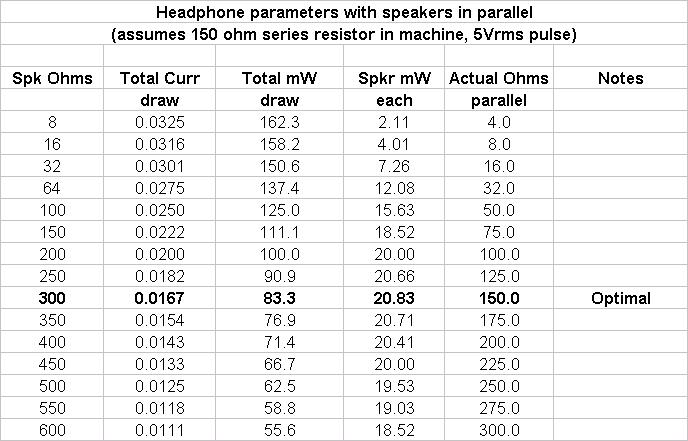Moved my question to top.
I'd like some info on various machine output jack wiring.
For example, most machines use a stereo jack with tip and ring shorted, then the phones may connect to tip or ring then return to ground. (A mono headphone jack would short the output).
I assume others use the T and R and no sleeve (ground) needing headphones to accomodate this output. Then there are those machines that use the T and R as seperate stereo channels with the sleeve ground common.
Are there others? does someone want to share what machines use what configuration? Or a few examples?
I'd like some info on various machine output jack wiring.
For example, most machines use a stereo jack with tip and ring shorted, then the phones may connect to tip or ring then return to ground. (A mono headphone jack would short the output).
I assume others use the T and R and no sleeve (ground) needing headphones to accomodate this output. Then there are those machines that use the T and R as seperate stereo channels with the sleeve ground common.
Are there others? does someone want to share what machines use what configuration? Or a few examples?

 I've got some ideas about compatibility and switching.
I've got some ideas about compatibility and switching.
Comment